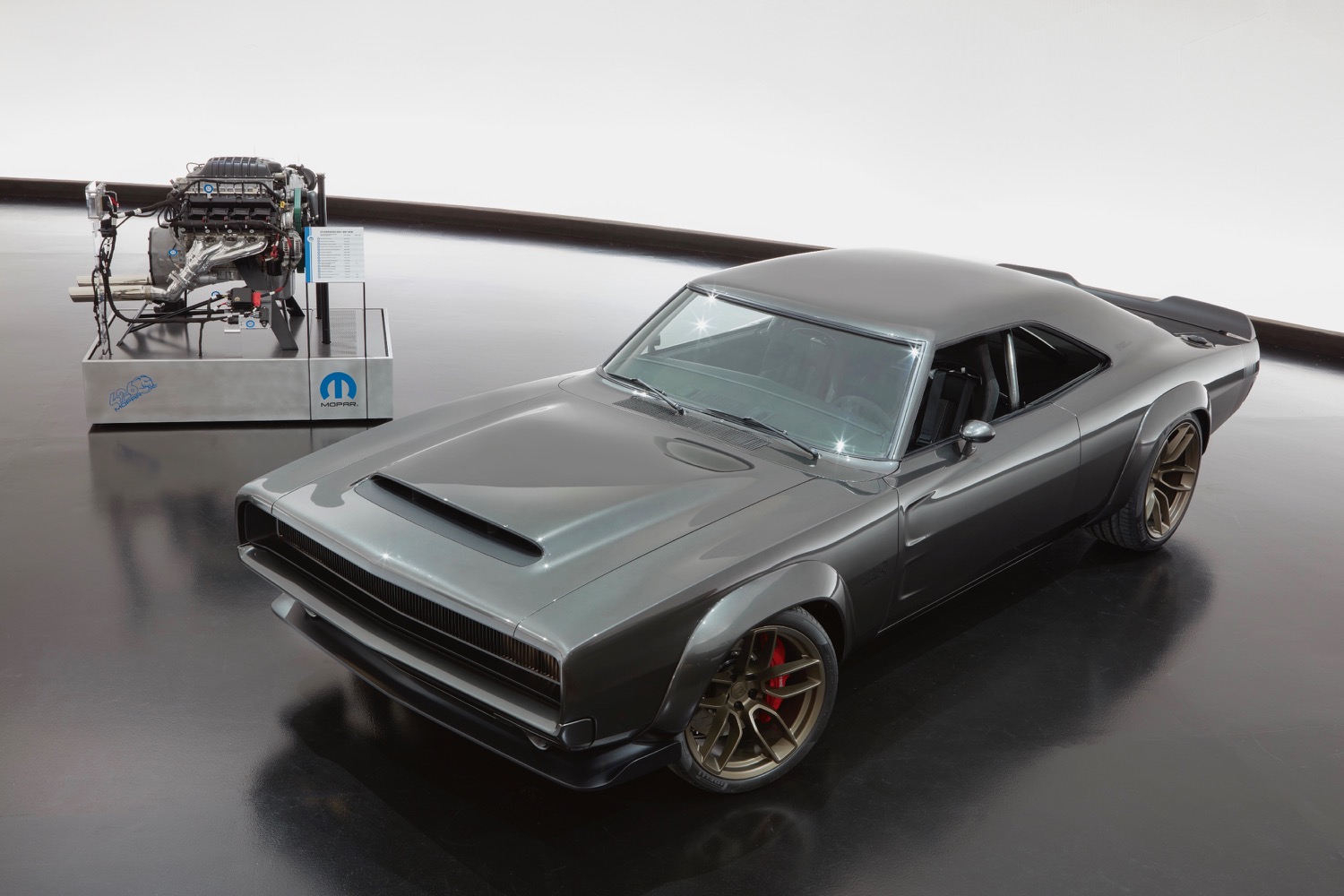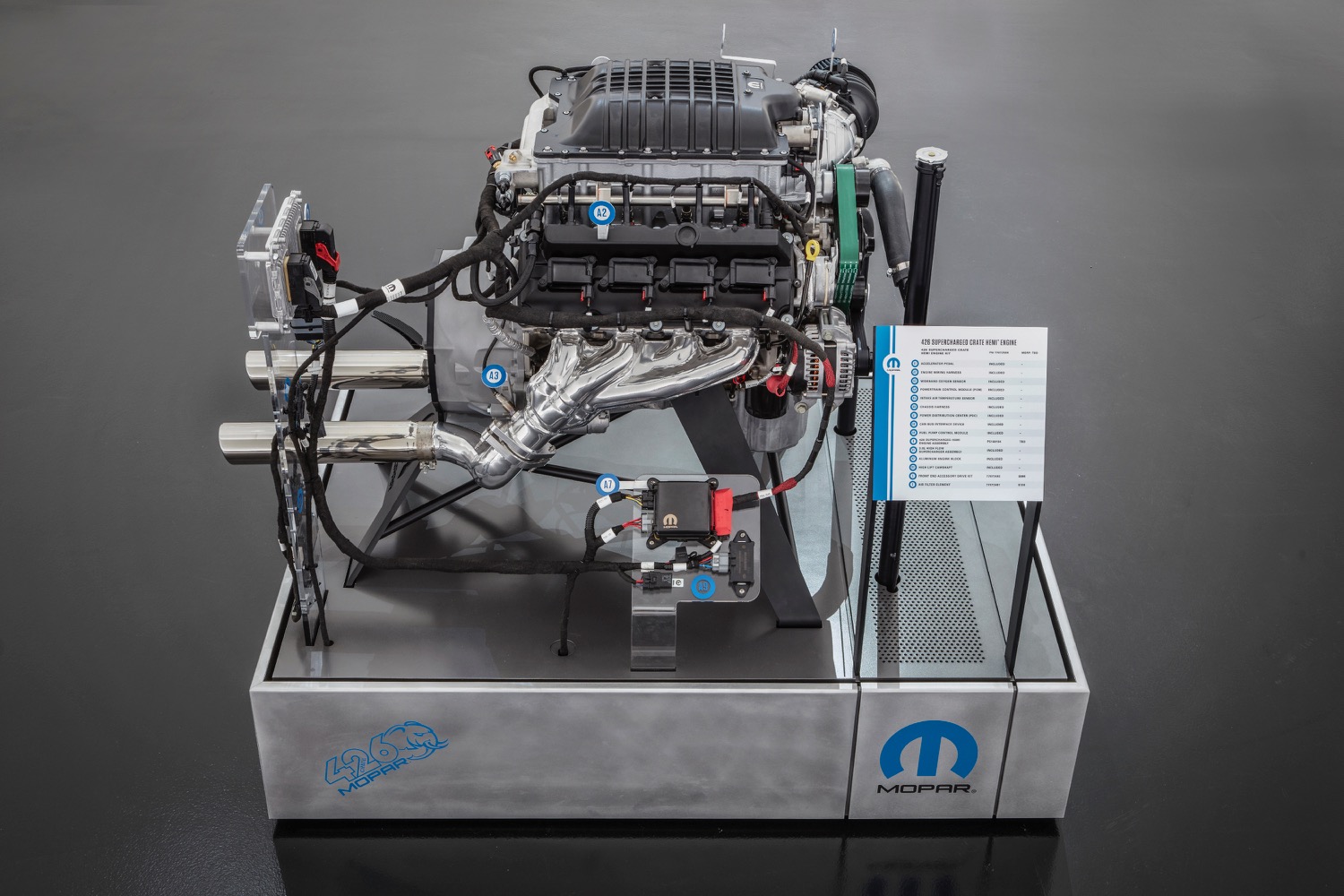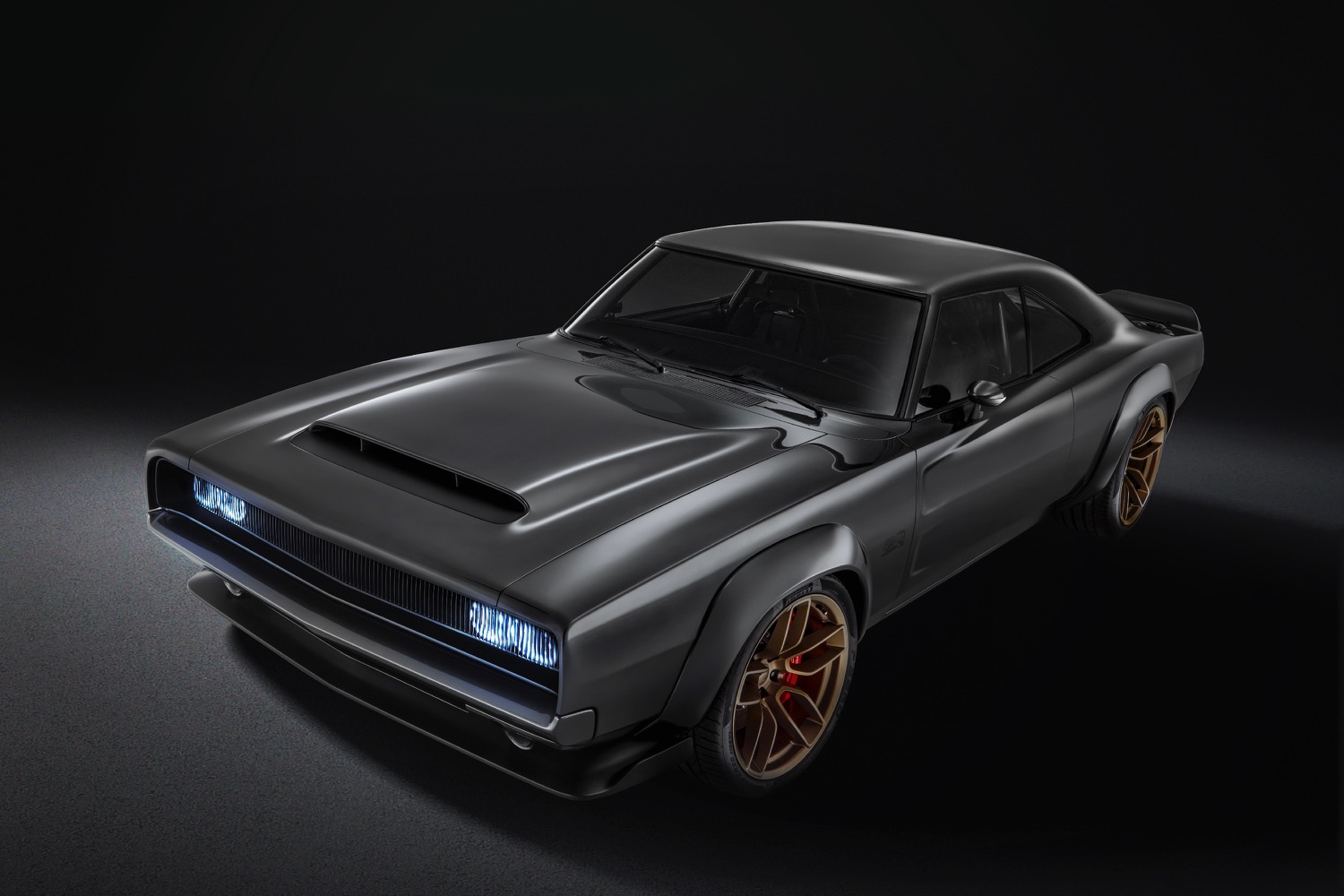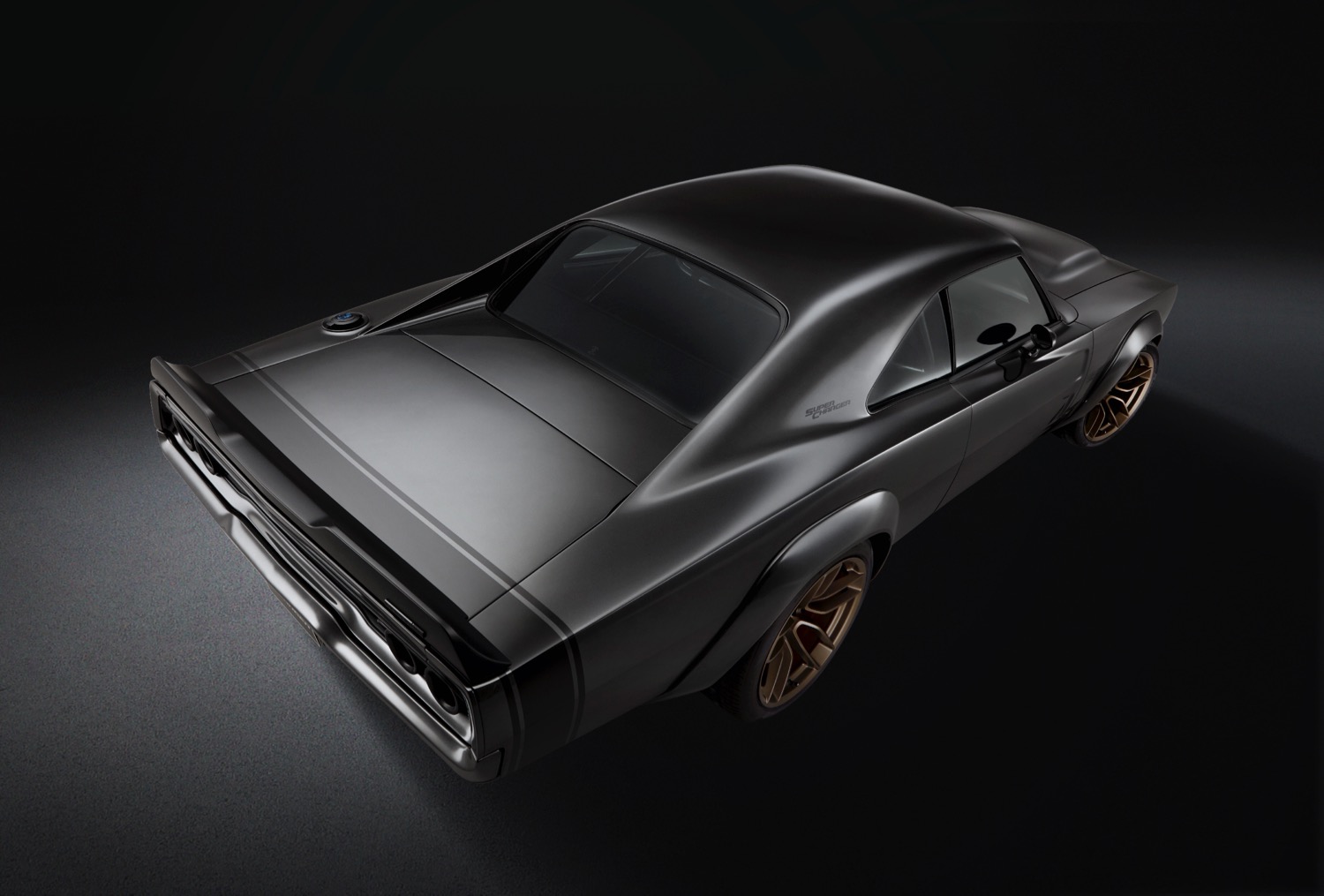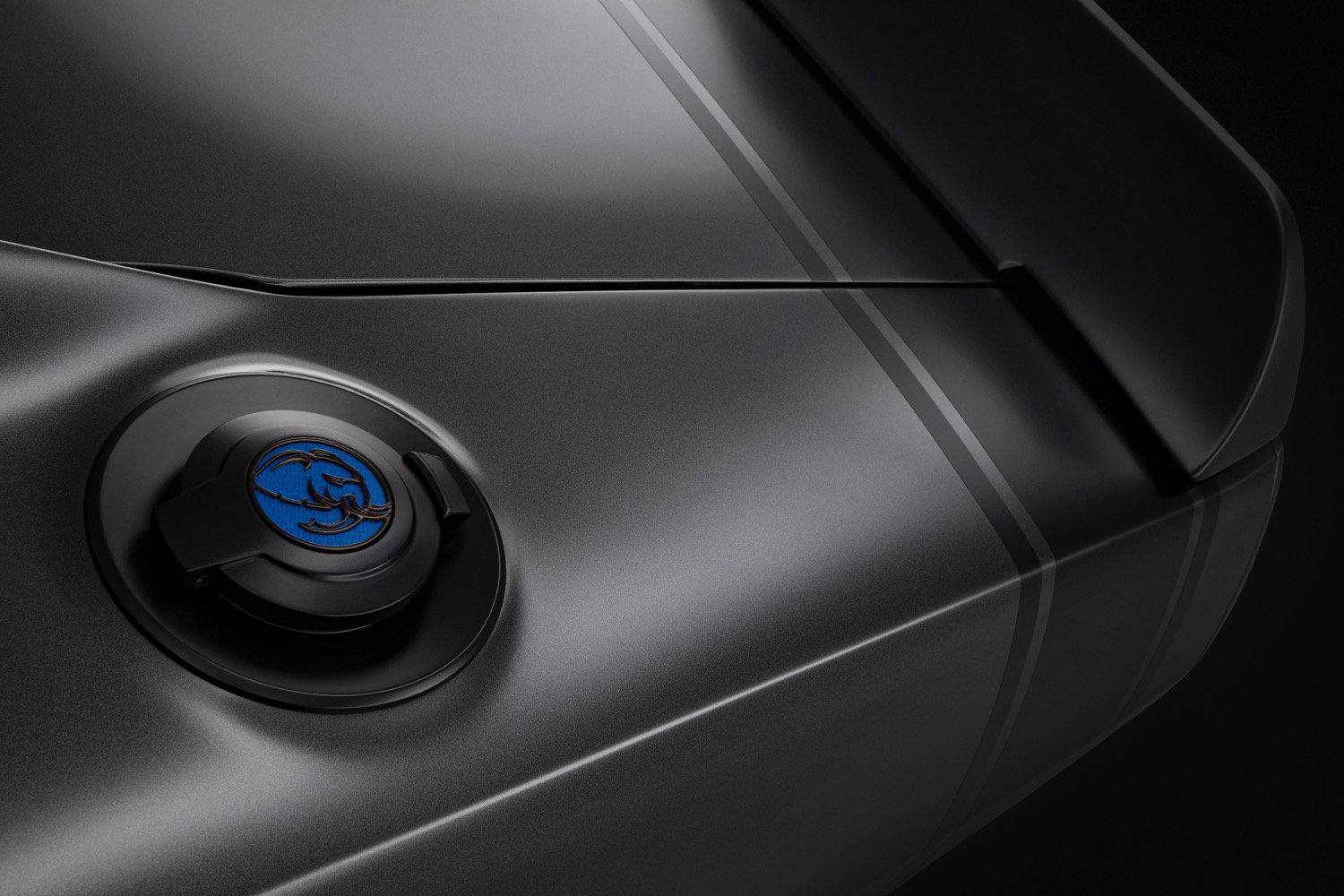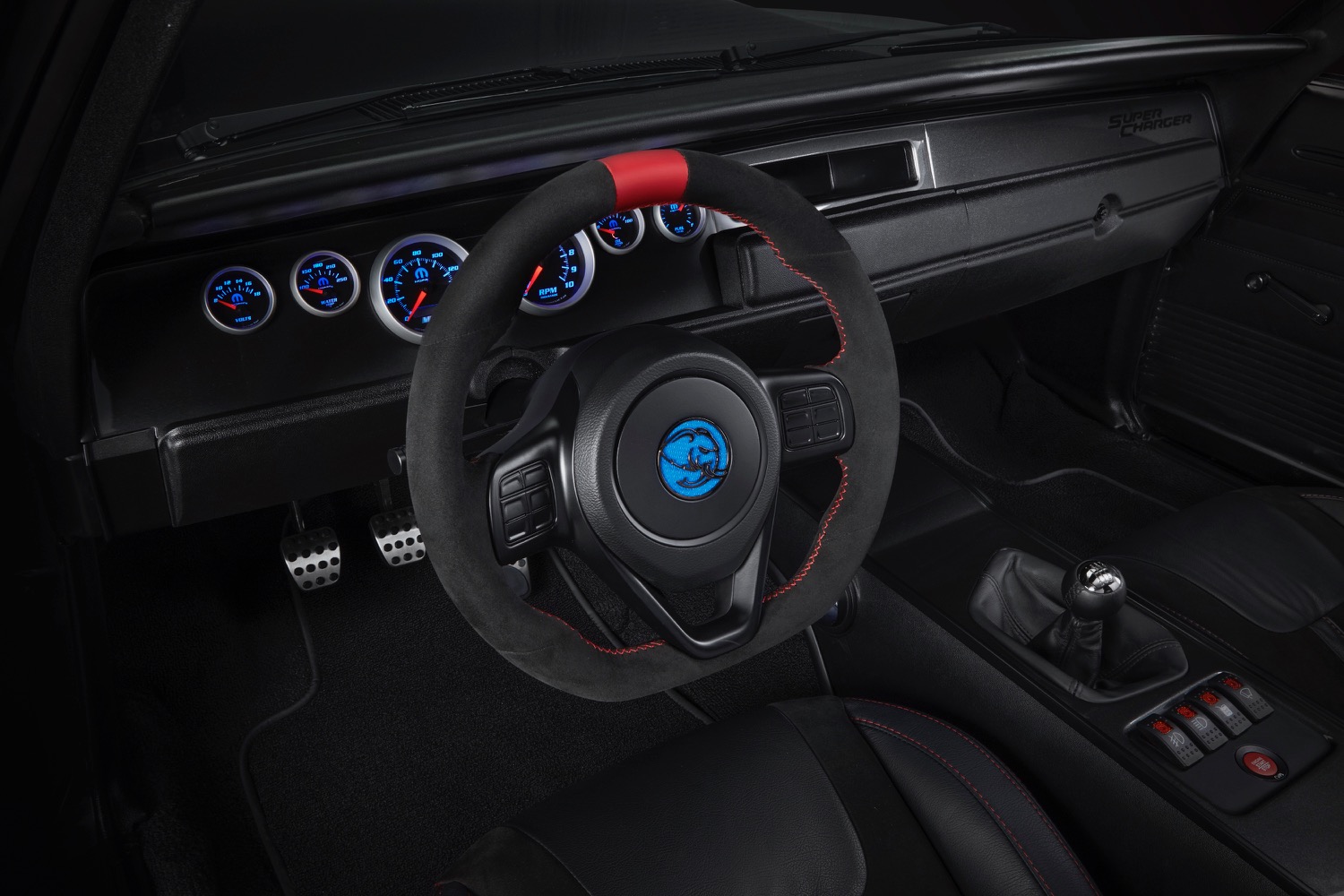While Chevy showed off an electric drag racer at the 2018 SEMA show, Mopar, the parts division of Fiat Chrysler Automobiles (FCA), doubled down on old-fashioned internal-combustion horsepower. At SEMA Mopar unleashed the “Hellephant,” a massive V8 engine producing 1,000 horsepower and 950 pound-feet of torque. You can put this monster motor in your car, but it will be costly. Mopar is accepting pre-orders now at a retail price of $29,995.
The Hellephant is what’s known in the industry as a “crate engine.” It’s sold as a stand-alone item that hobbyists or professional builders can put into project cars (yes, these engines are typically shipped in crates). Crate engines come in all shapes and sizes (Honda will sell you a Civic Type R engine, for example), but more often than not they’re big American V8s. The Hellephant may be the greatest of them all.
To understand why this engine is such a big deal and why it has such a bizarre name, you need a little history. In the golden age of American muscle cars during the 1960s, few cars garnered as much respect as those powered by (pre-Fiat) Chrysler’s 426-cubic-inch (7.0-liter) Hemi V8. This engine was known as the “Elephant Motor” because of its immense size. Today, 426 Hemi cars like the Dodge Charger and Plymouth Road Runner are highly sought among collectors.
Fast forward to the 21st century. Chrysler is once again selling Hemi-powered cars, and the 6.2-liter supercharged Hellcat engine is currently the most potent. “Hellephant” is a portmanteau of “elephant” and “Hellcat,” as the new crate motor is related to the Hellcat engine. Mopar increased displacement to 7.0 liters to match the 1960s Elephant Motor but kept the supercharger.
The Hellephant is designed for pre-1976 vehicles, including both street and off-road applications, according to Mopar. It comes as a kit with all of the electronics and sensors needed to make it work. Mopar also offers a front-end accessory kit that adds an alternator, power-steering pump and more.
To show the potential of its new engine, Mopar stuck one in a 1968 Dodge Charger, which was christened “Super Charger.” The car used a six-speed manual transmission from a Dodge Challenger SRT Hellcat and featured numerous modifications including a wide-body conversion, lowered suspension, and 20-inch wheels. But even with 1,000 hp, the Super Charger wasn’t have the most powerful Hemi V8 on the 2018 SEMA show floor. Tuner SpeedKore brought a Dodge Challenger SRT Demon with 1,203 hp.
Considering that the Hellephant engine’s $29,995 price is equal to that of many new cars, sourcing a clean second-generation Charger body to replicate the Super Charger might be beyond many enthusiasts’ budgets. But there are plenty of other vintage Mopar vehicles that would be suitable candidates. What car would you put the Hellephant in?
Updated on April 26, 2019: Added price.
